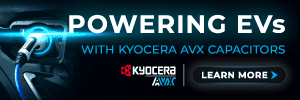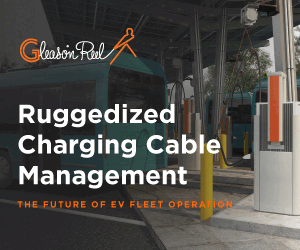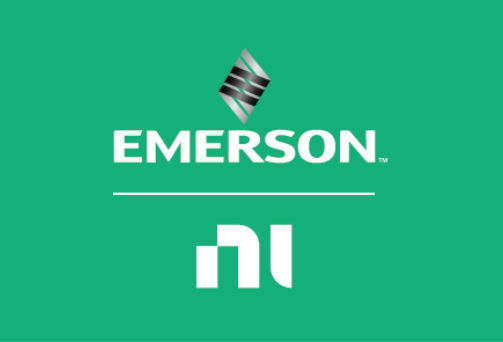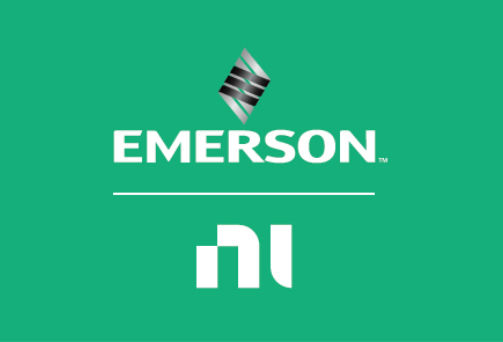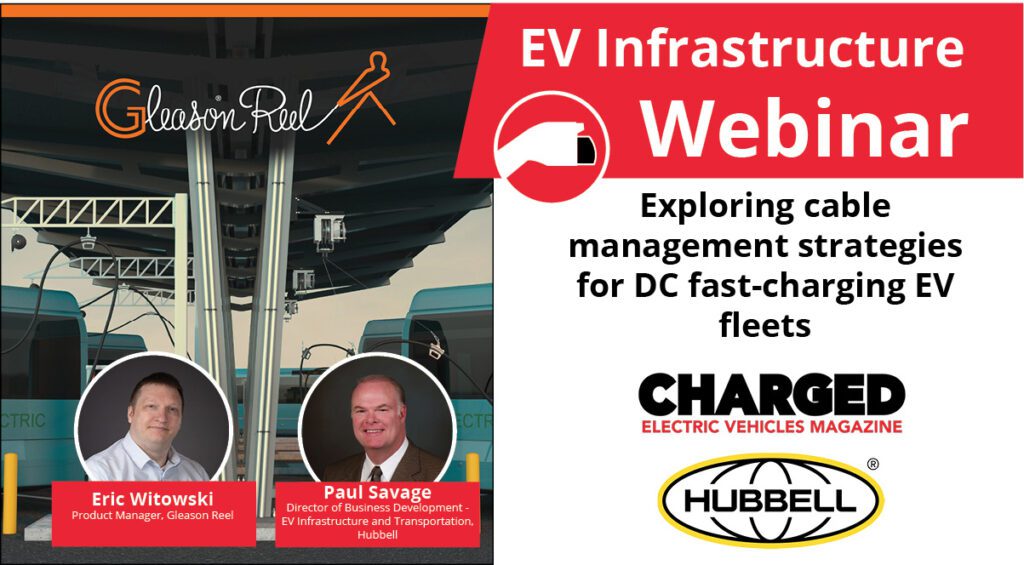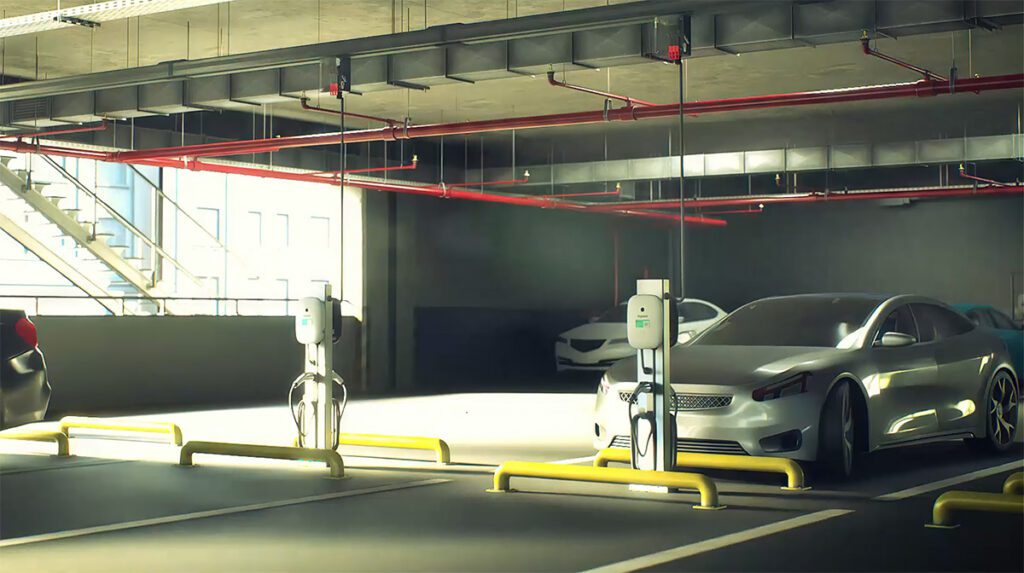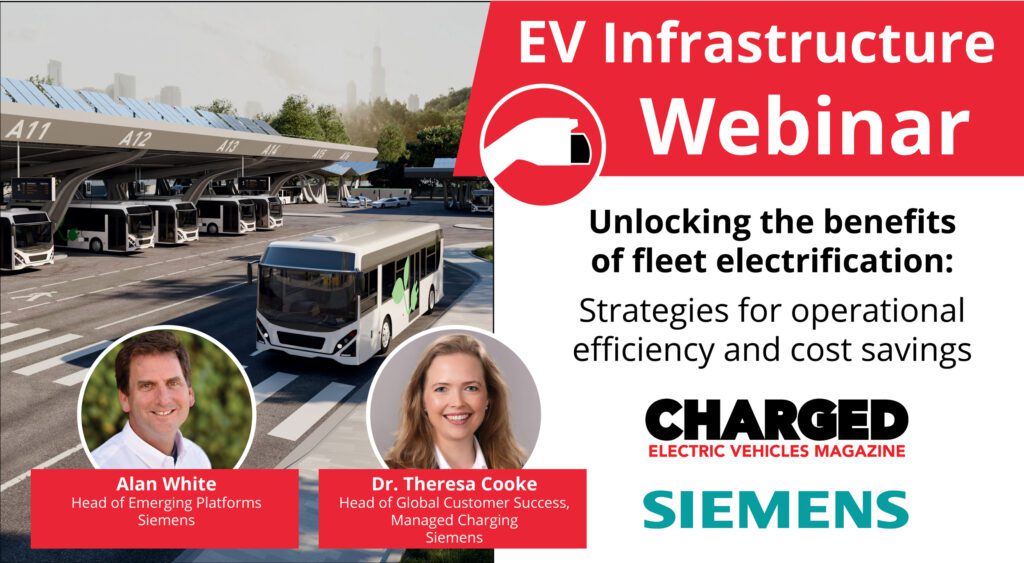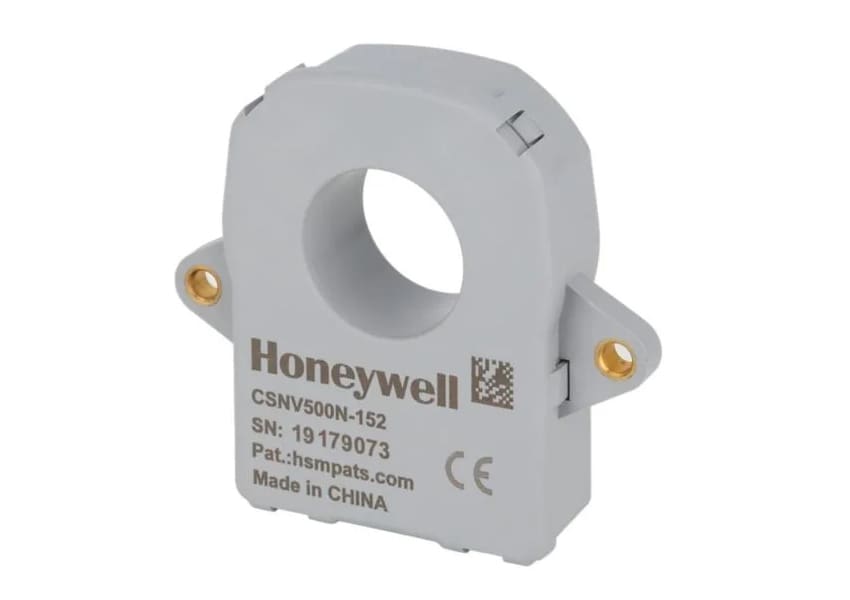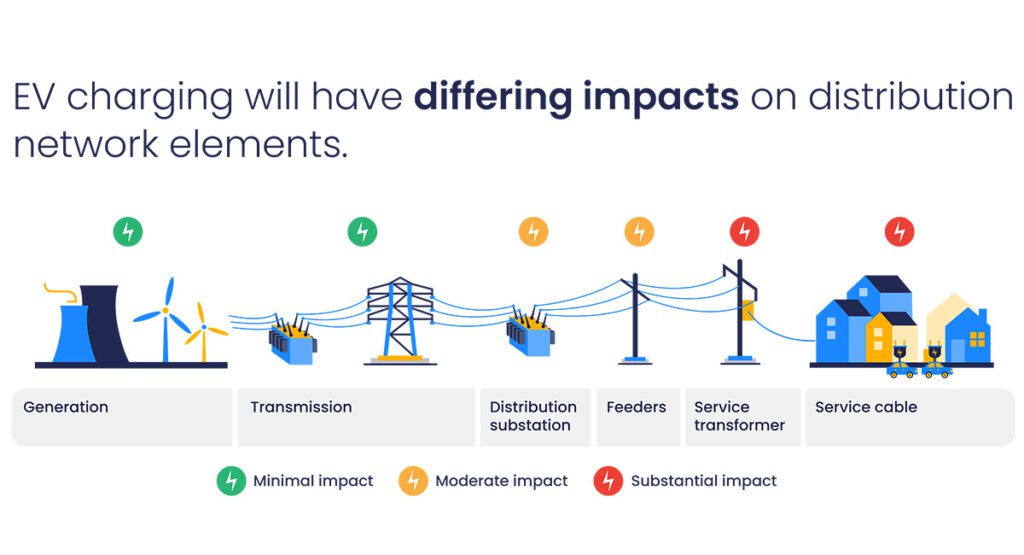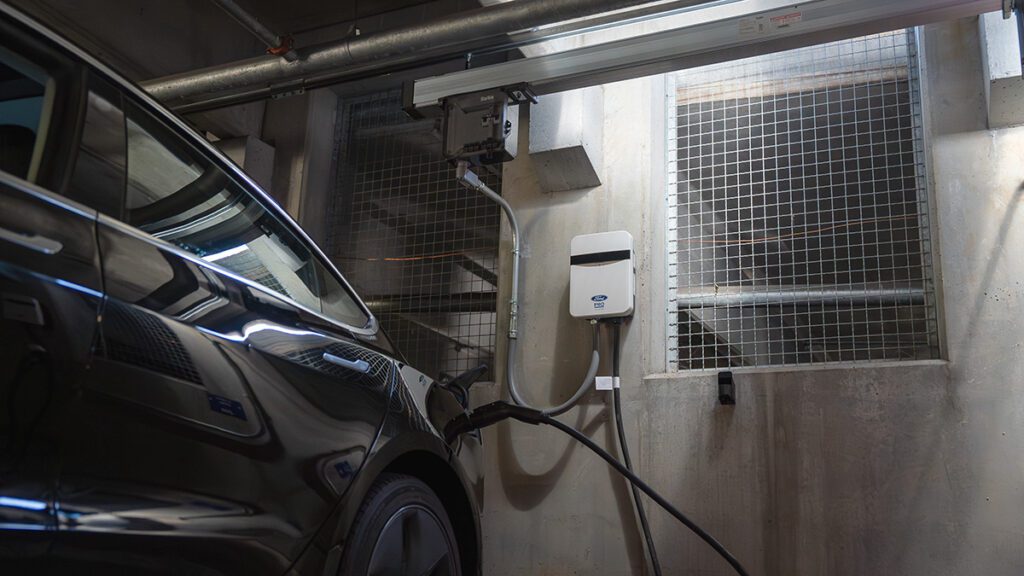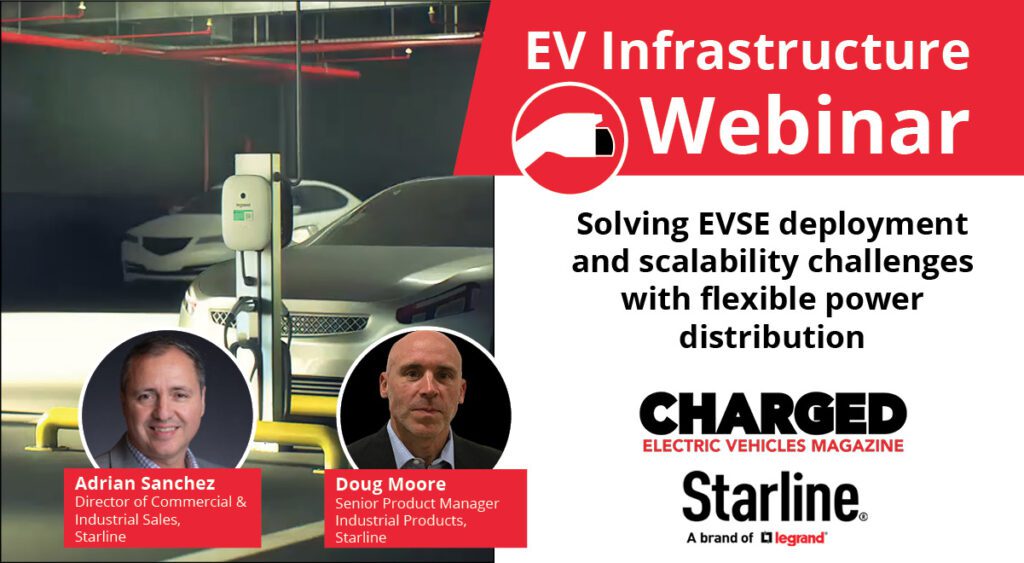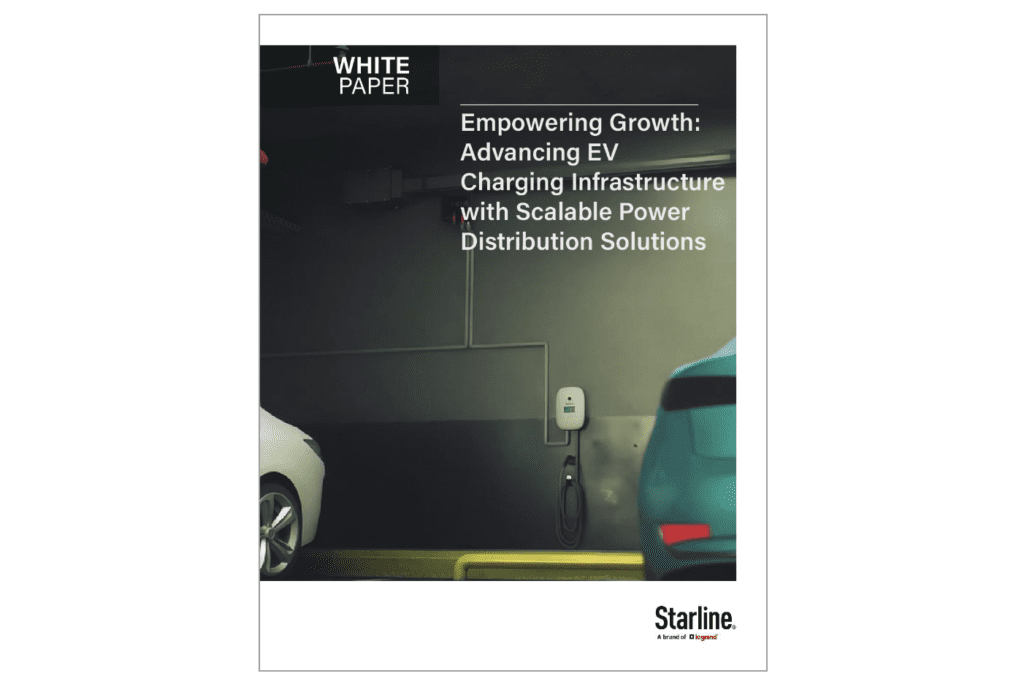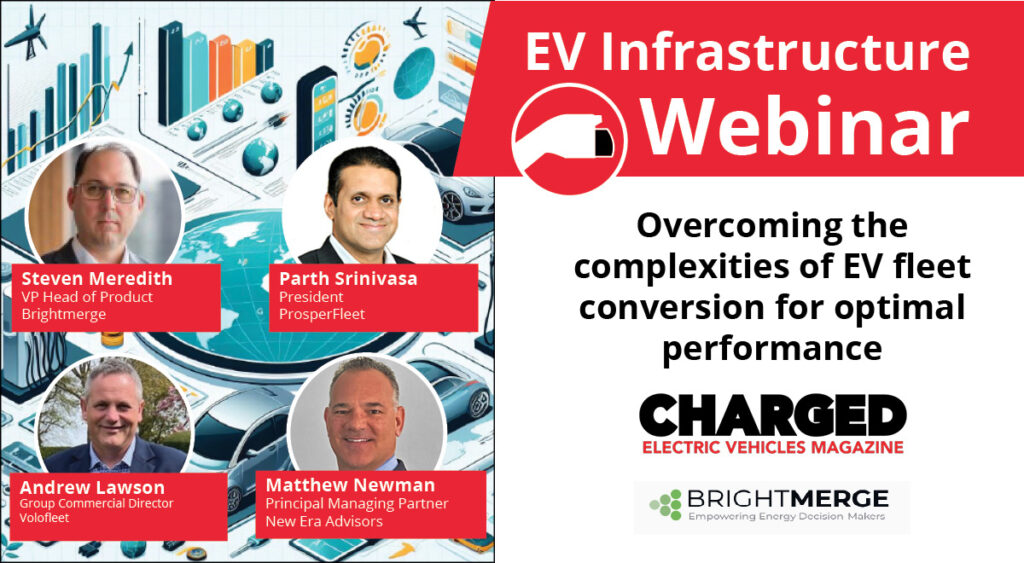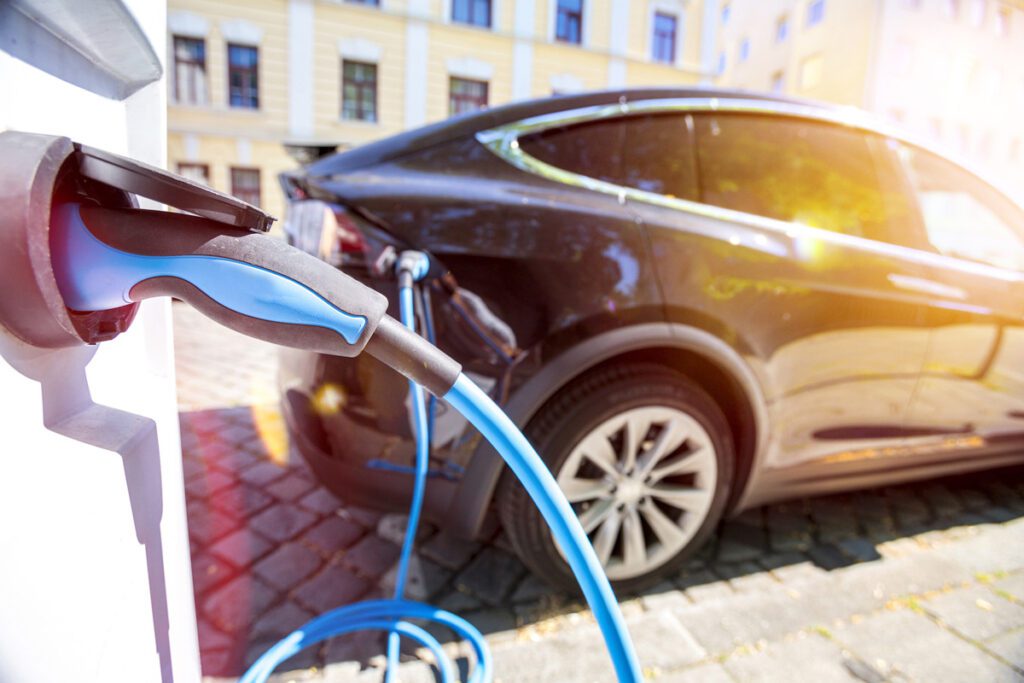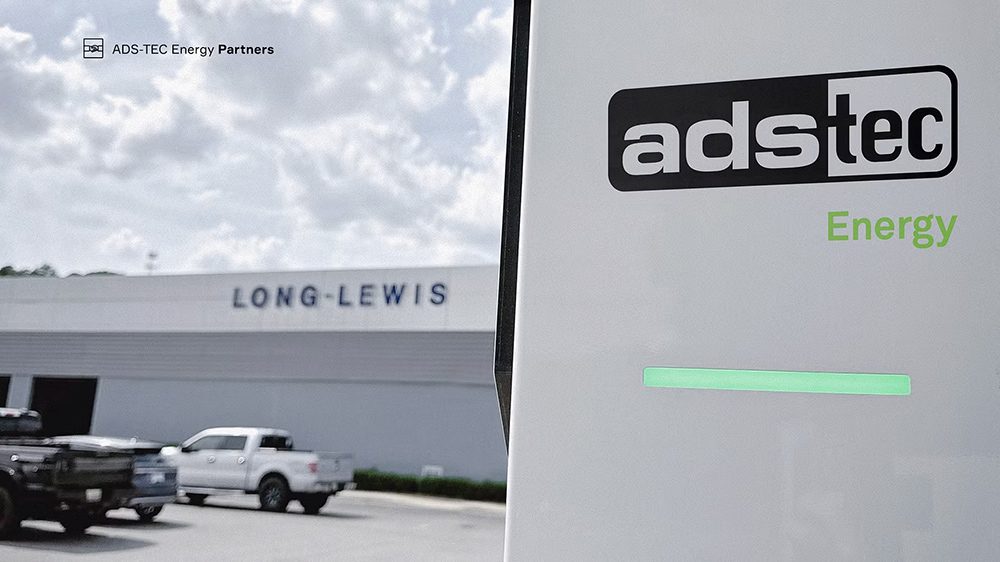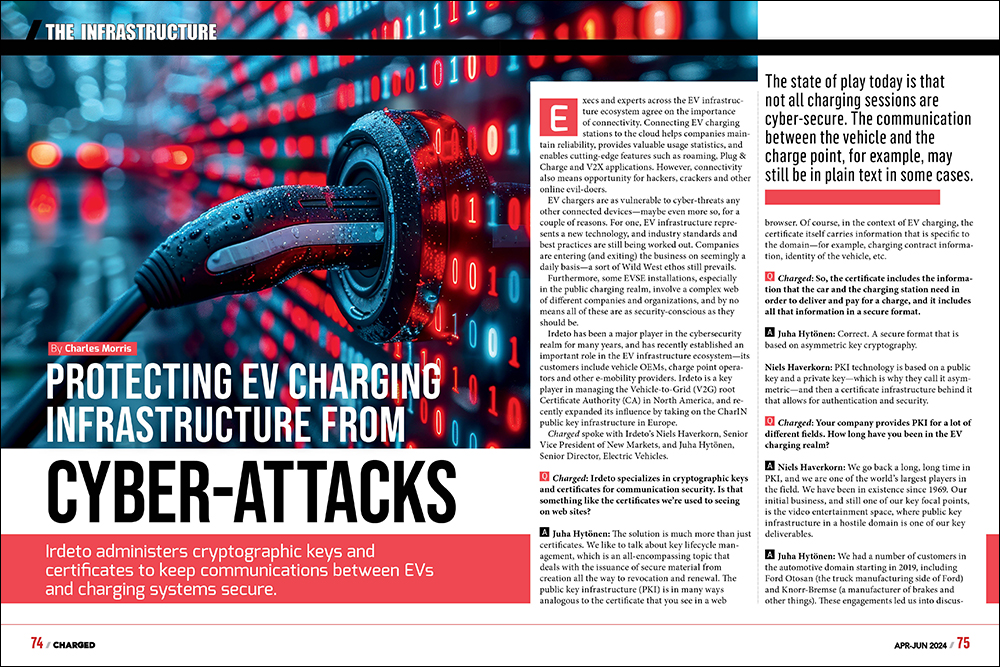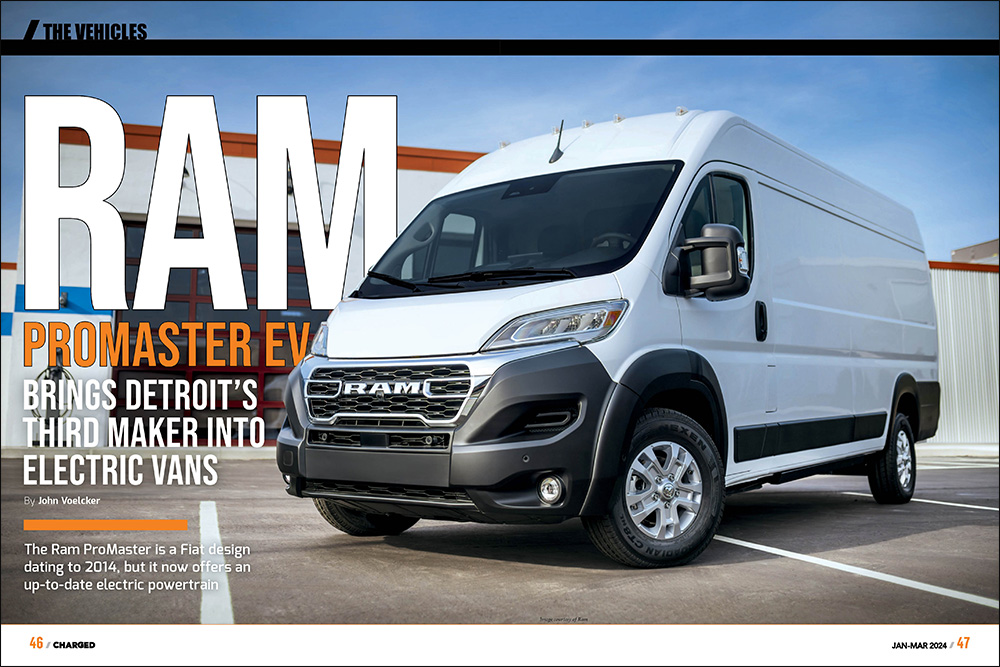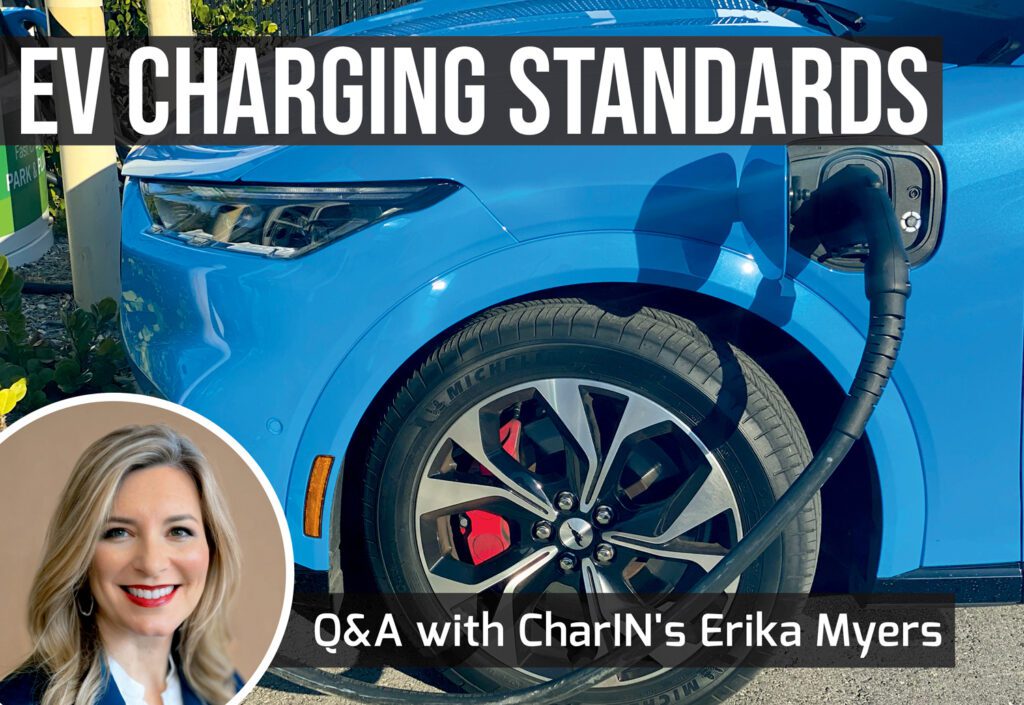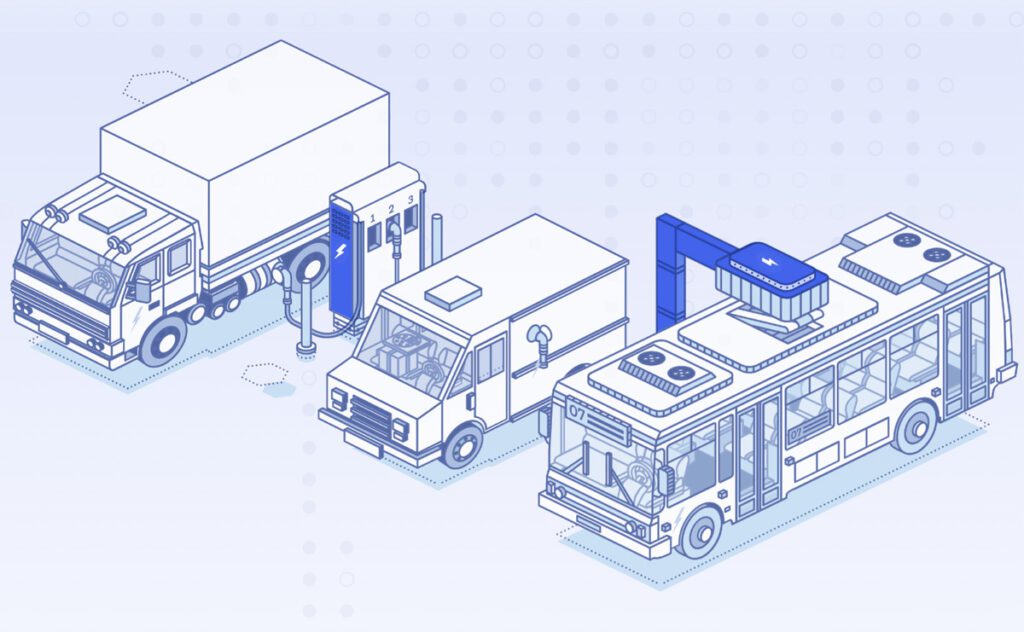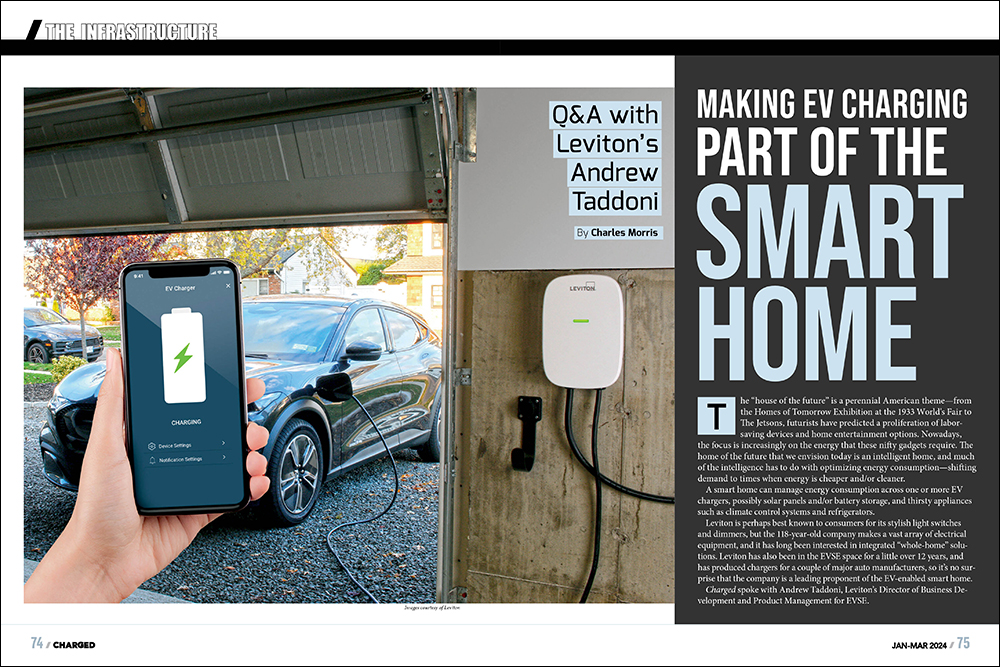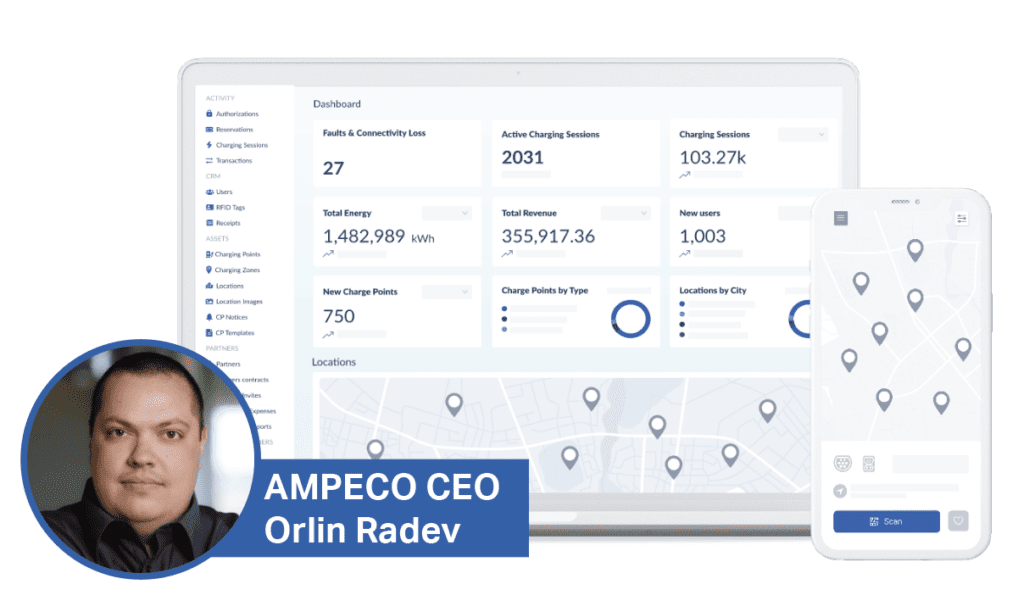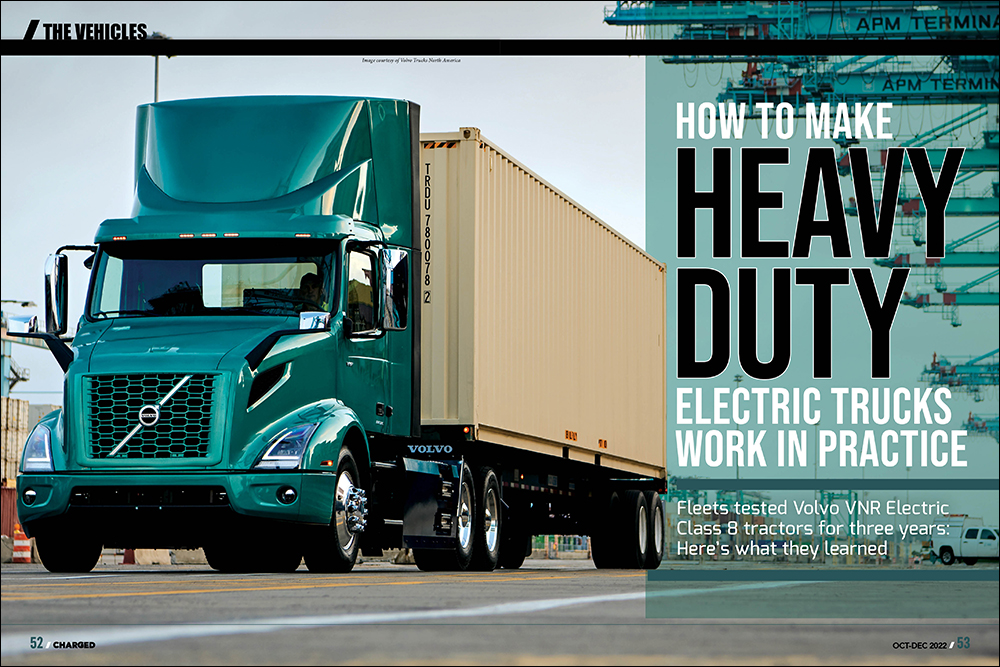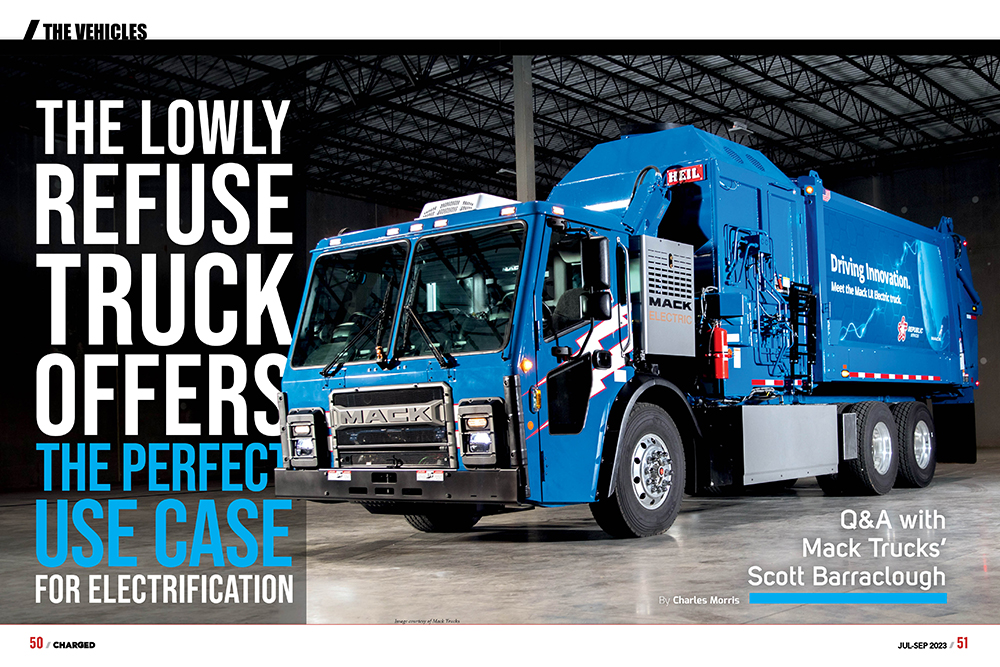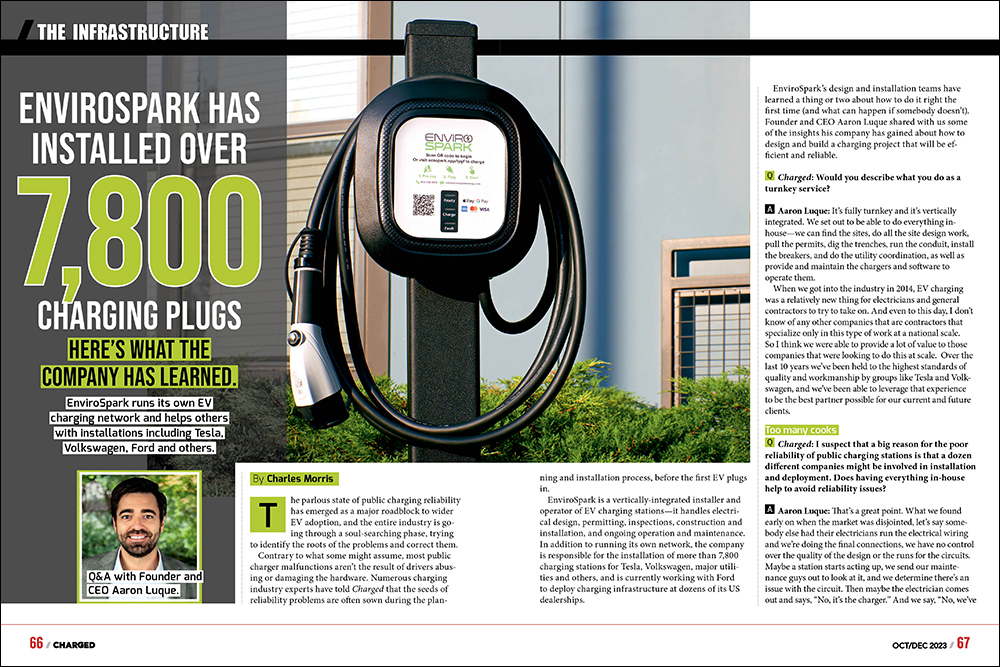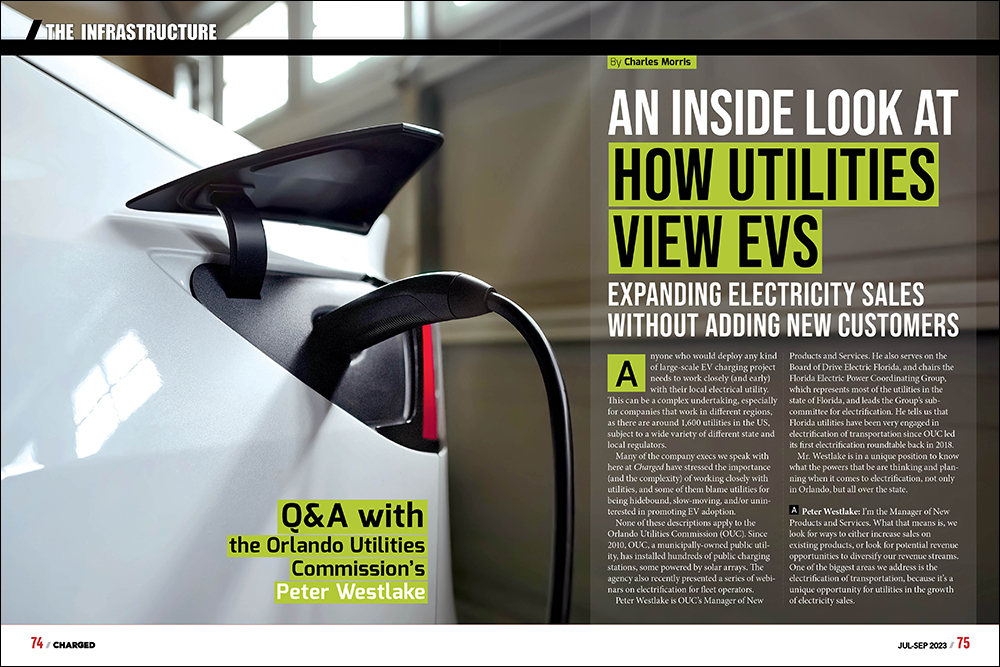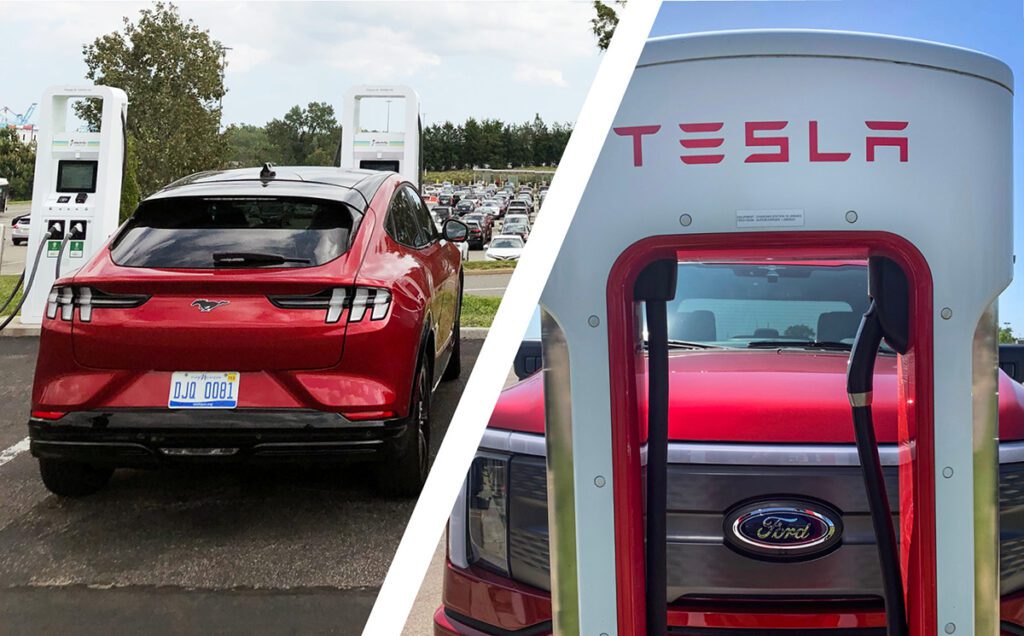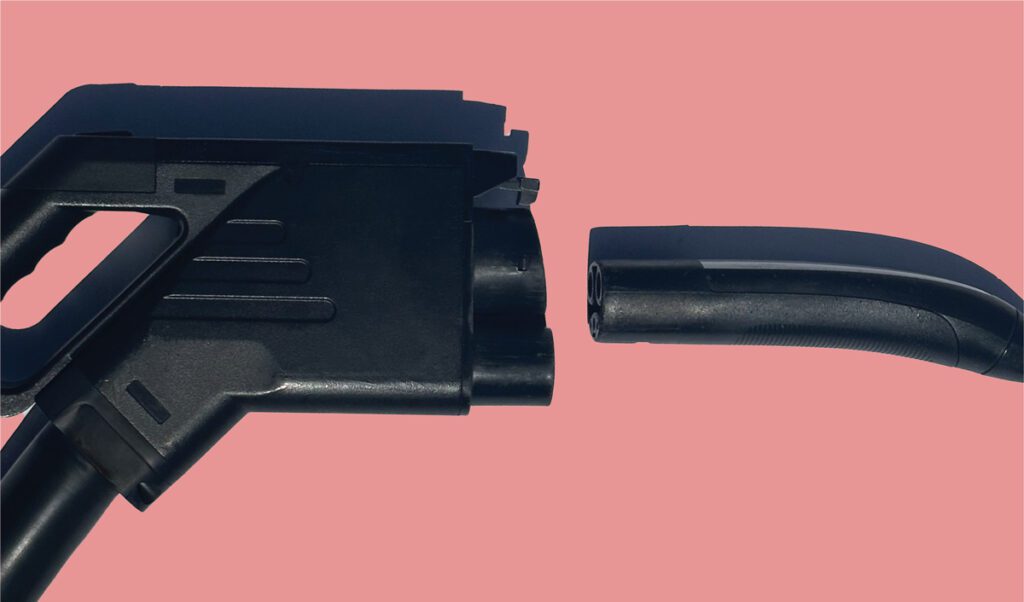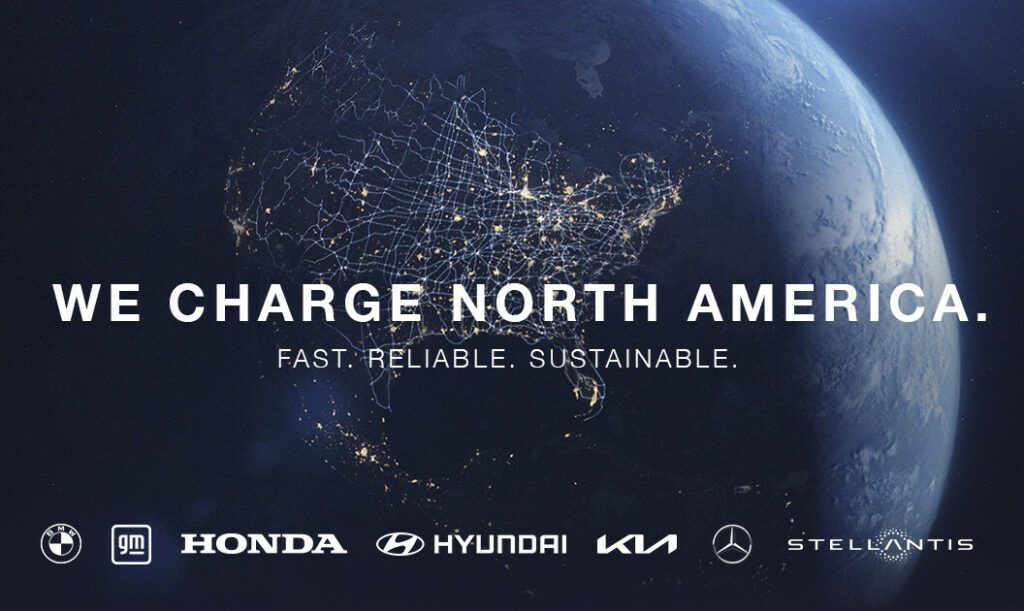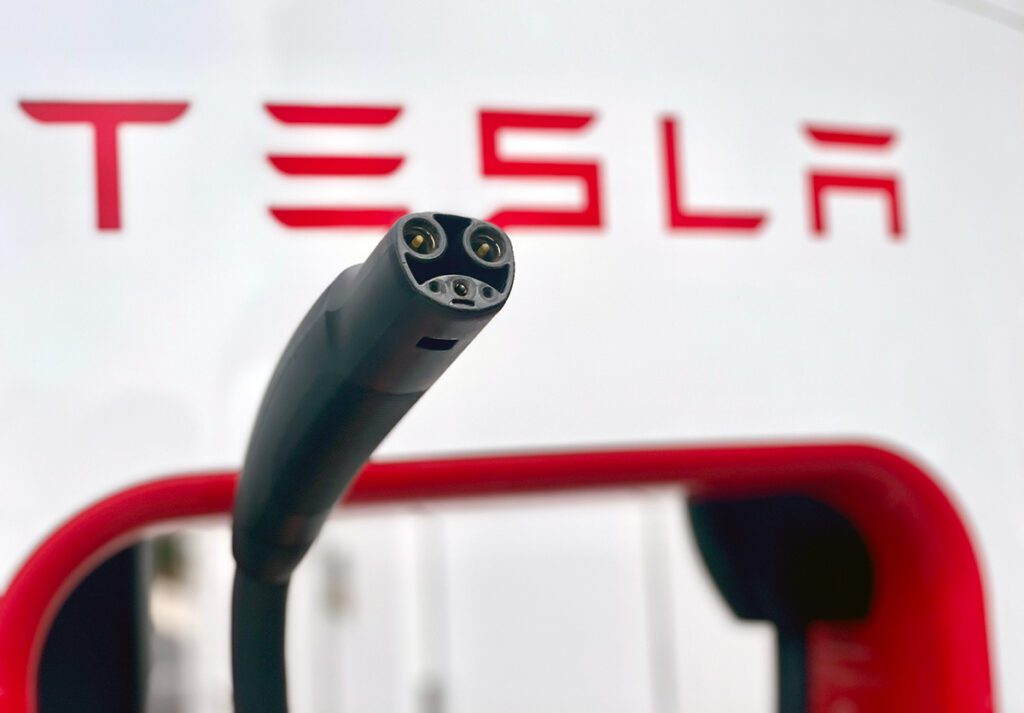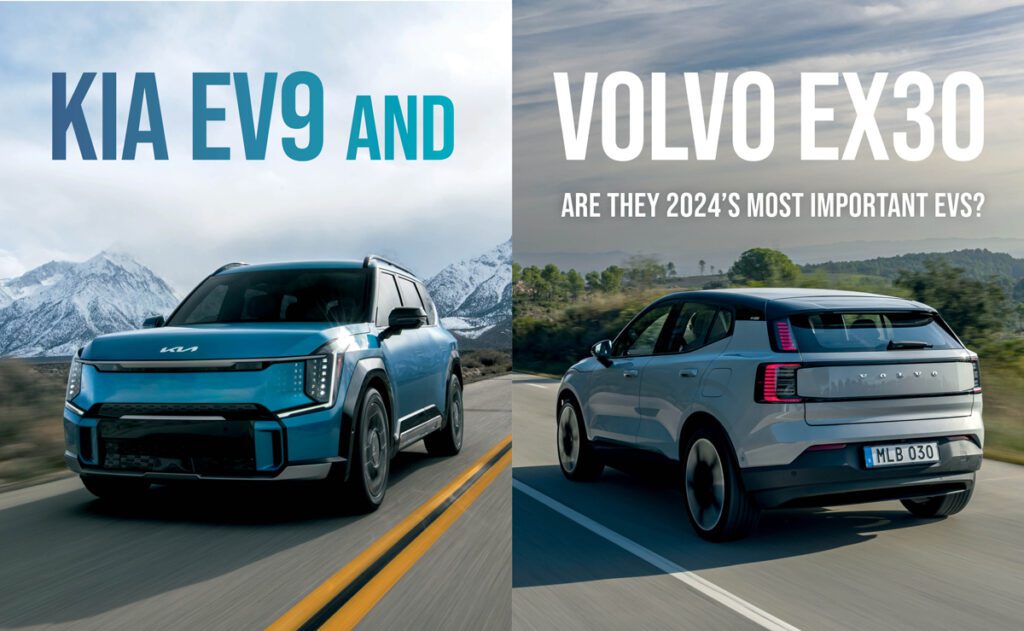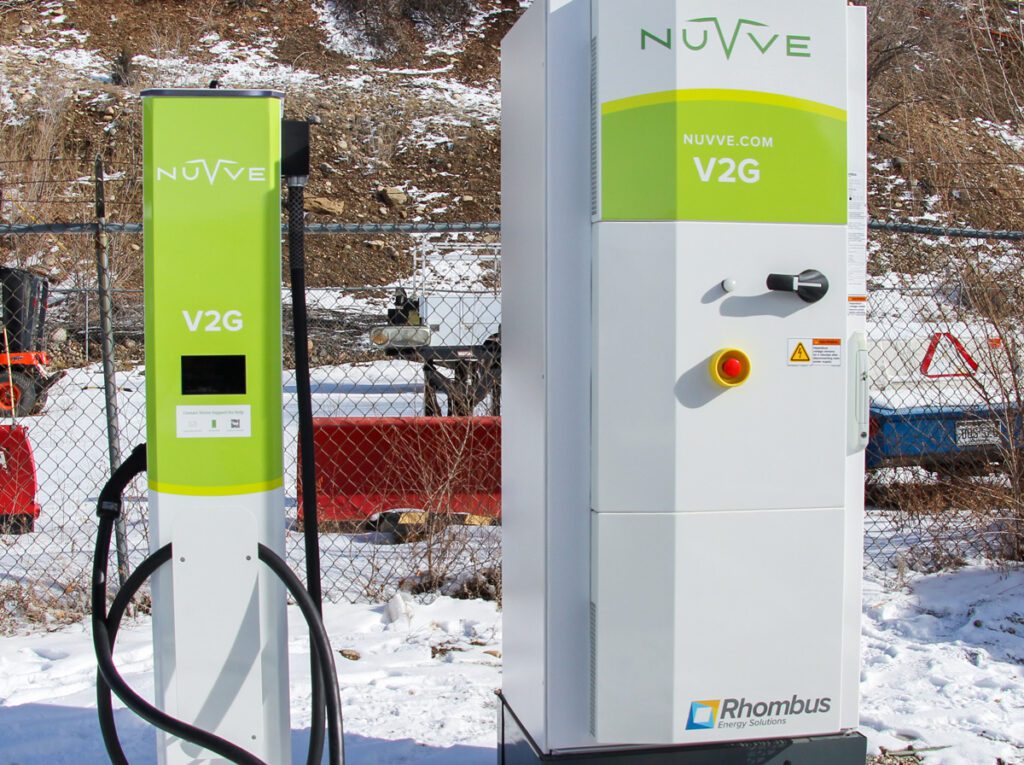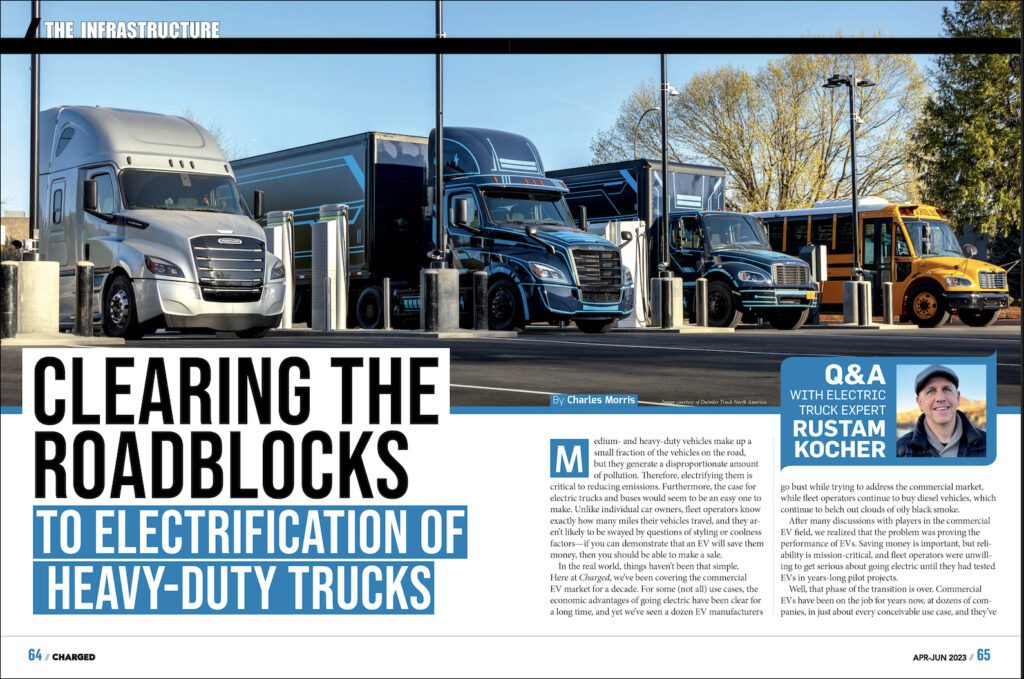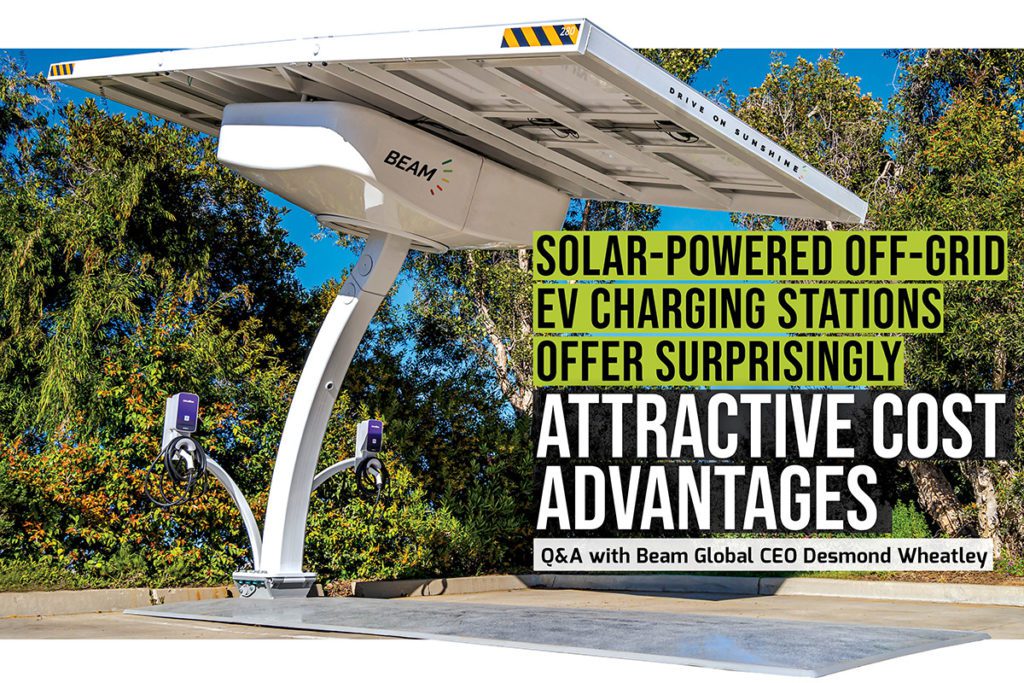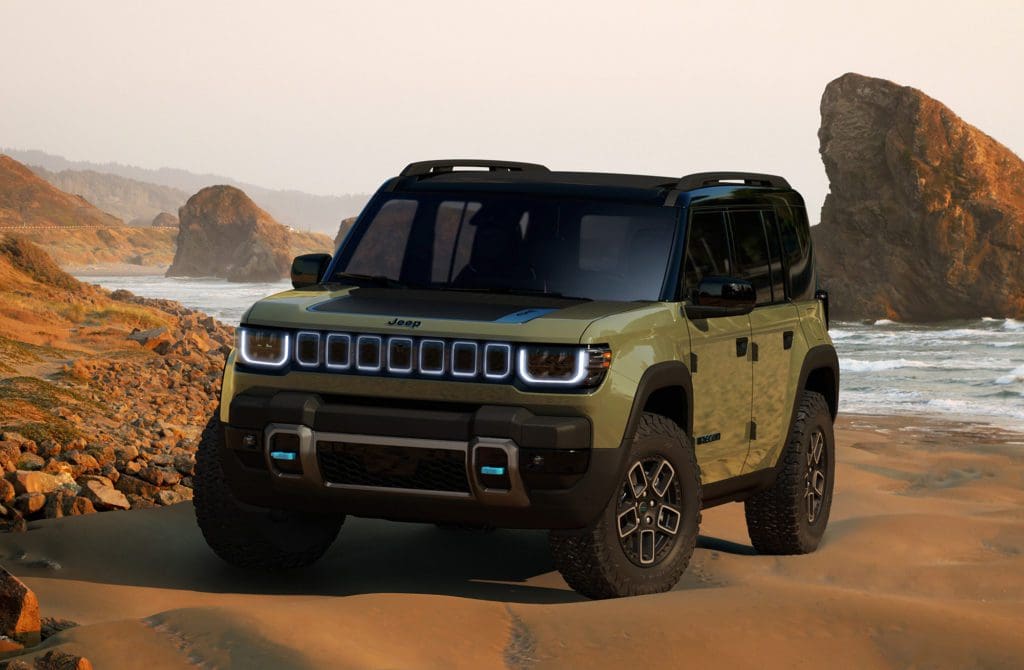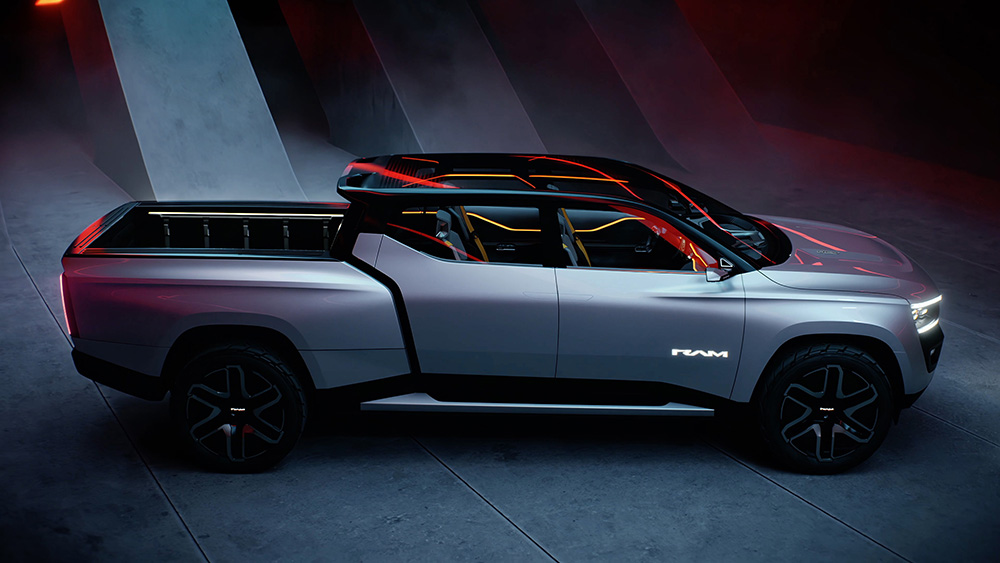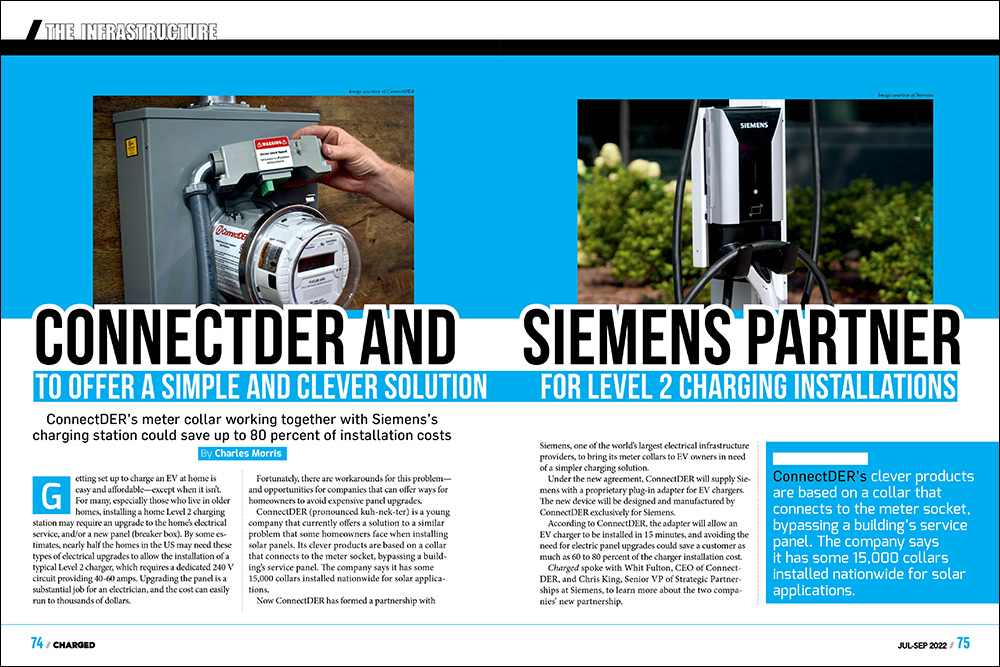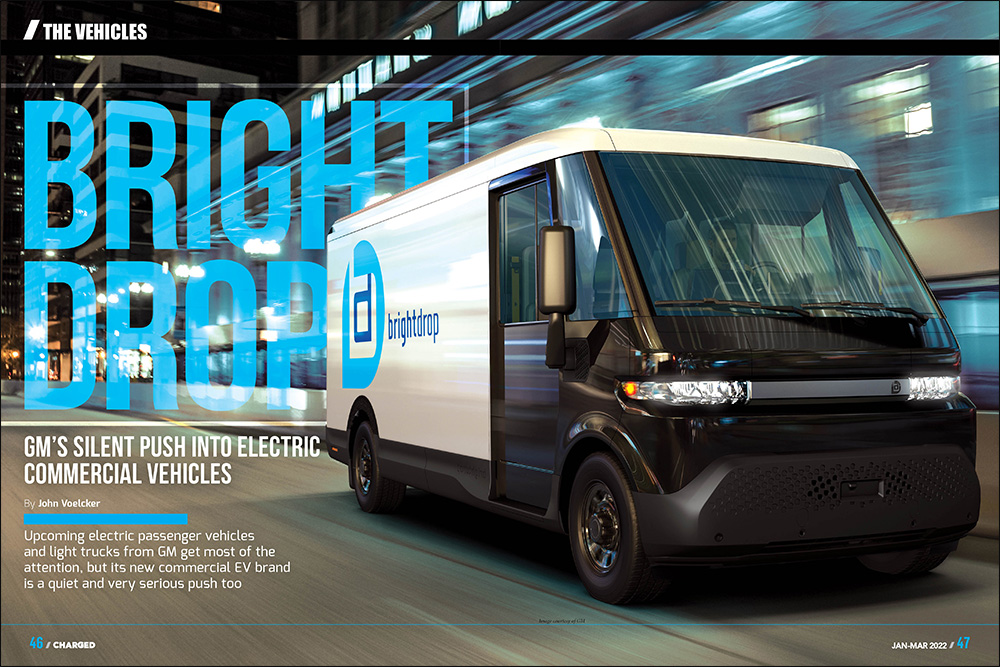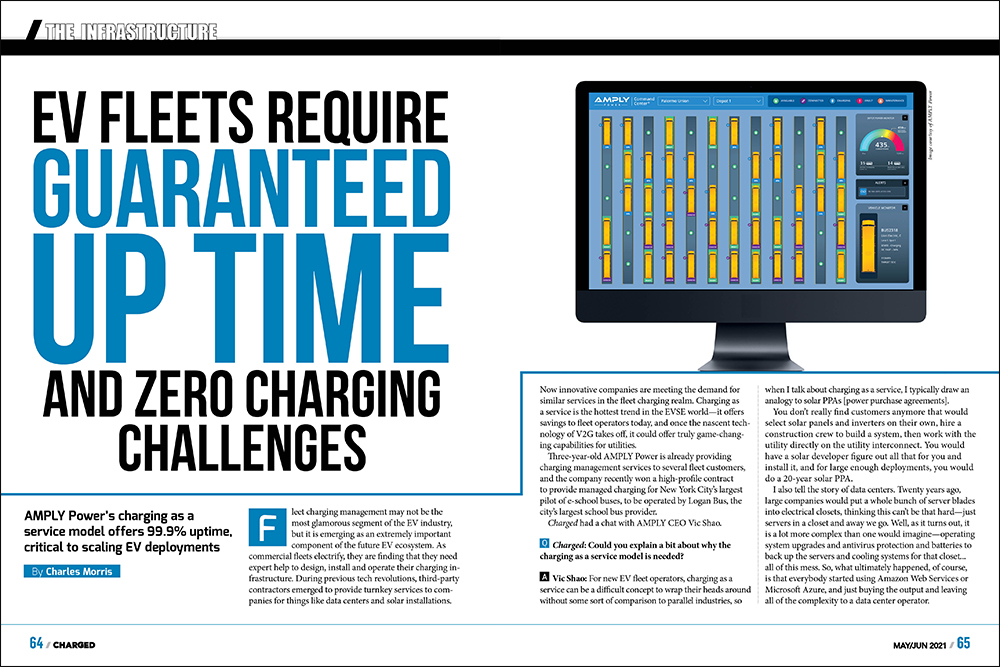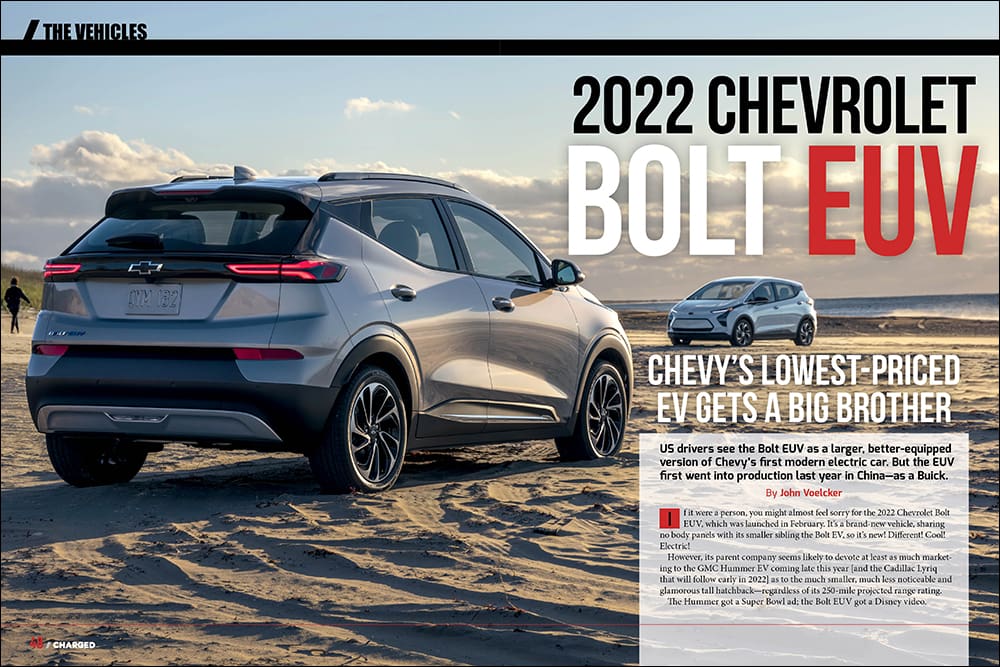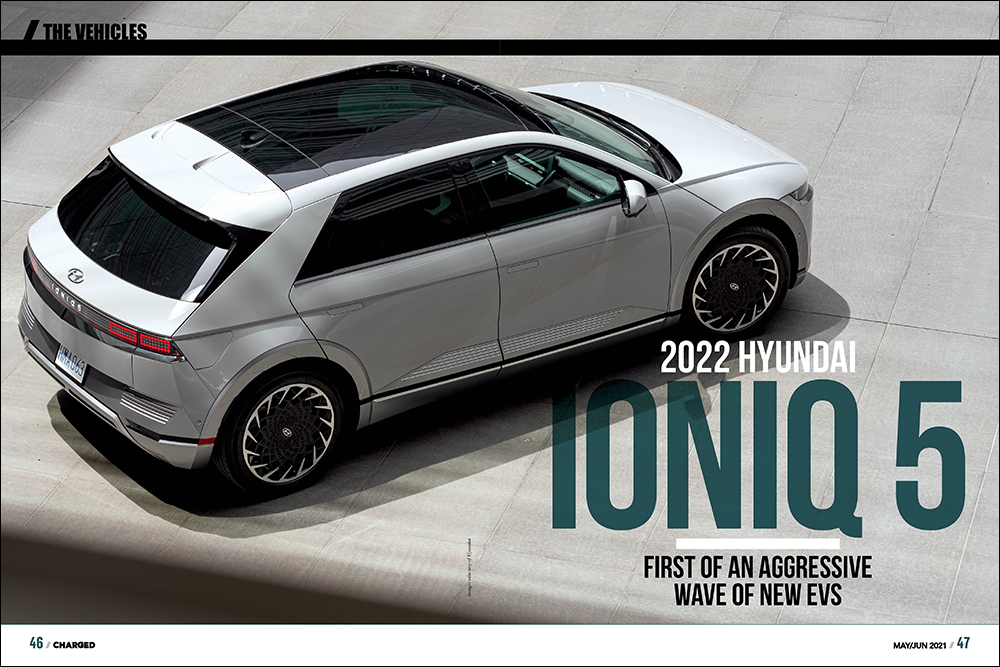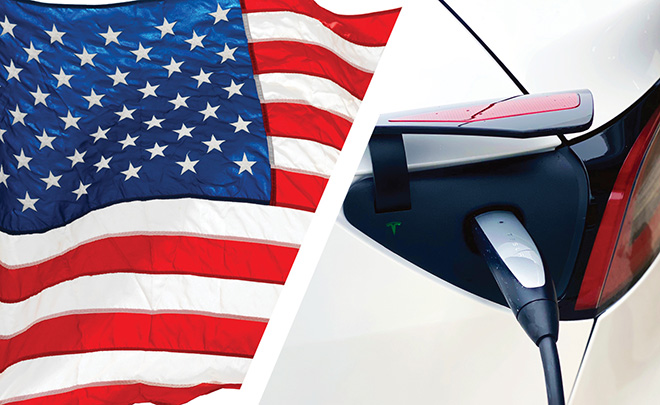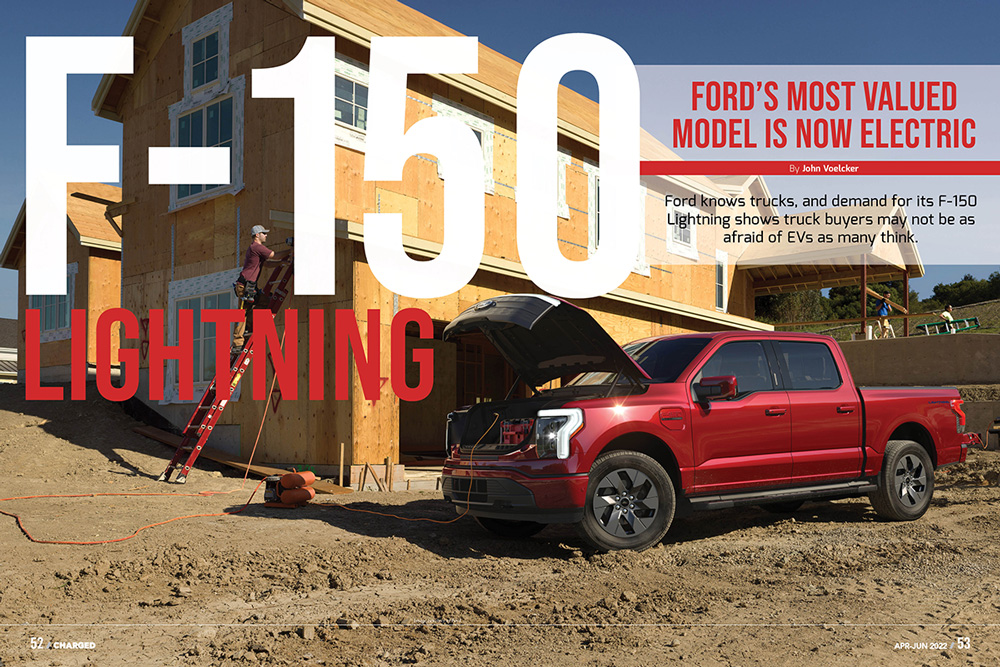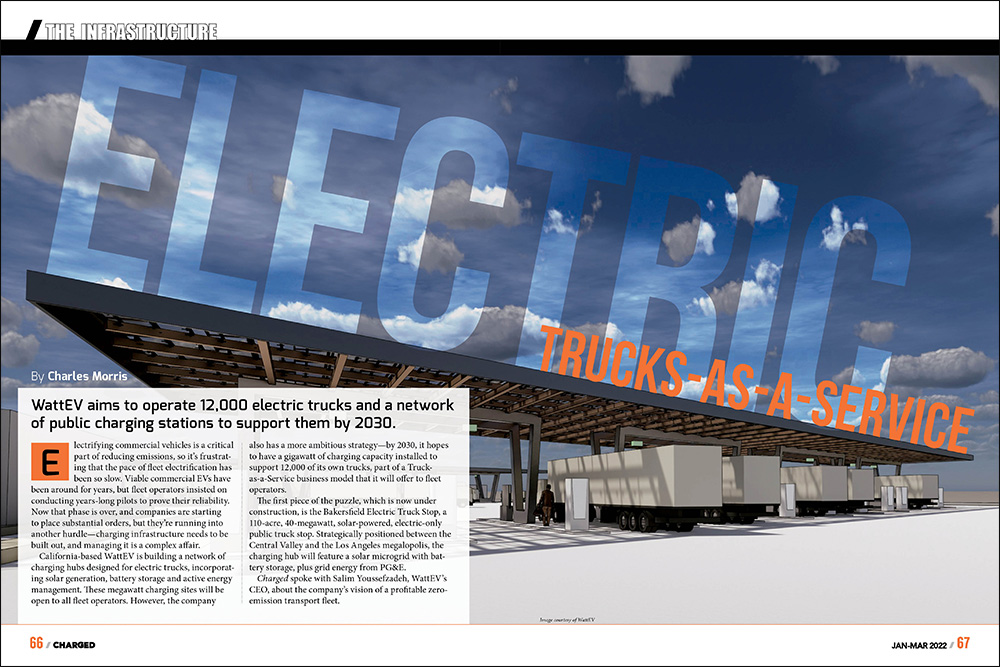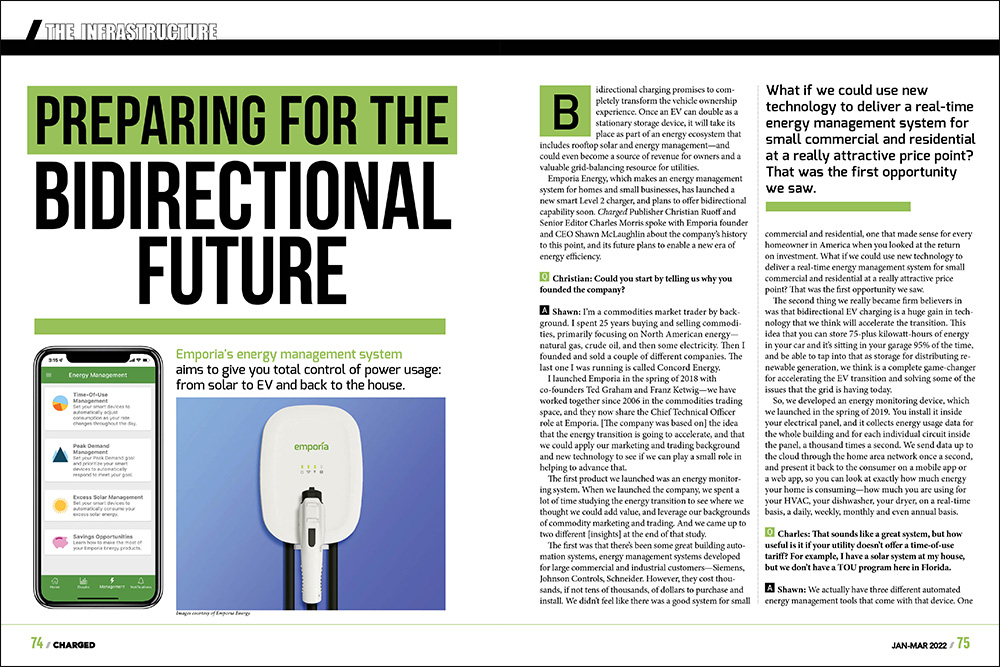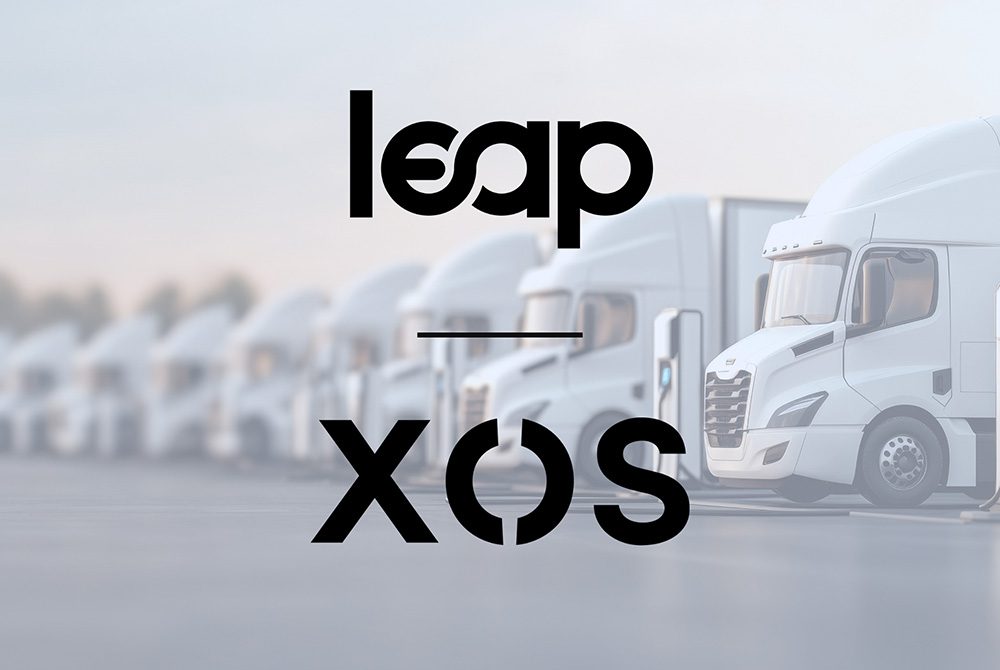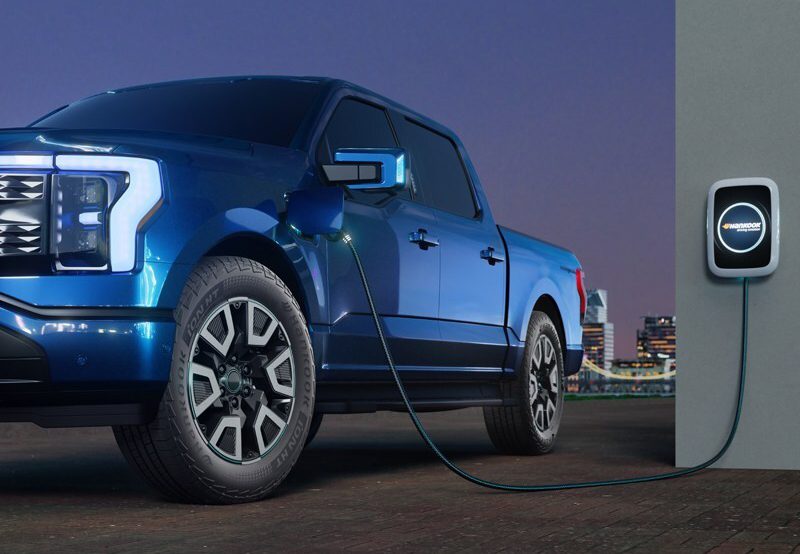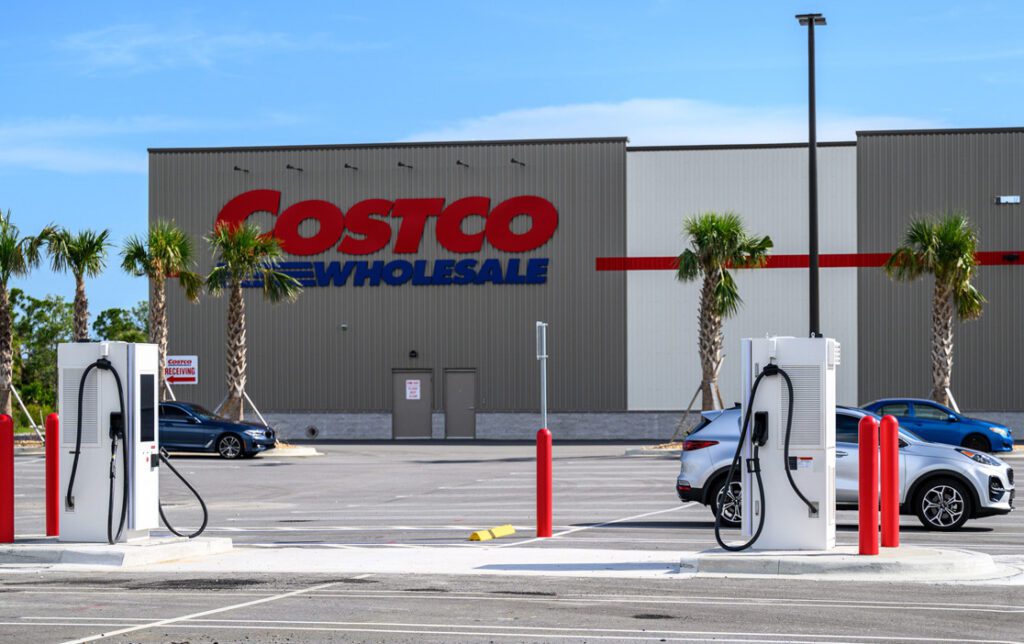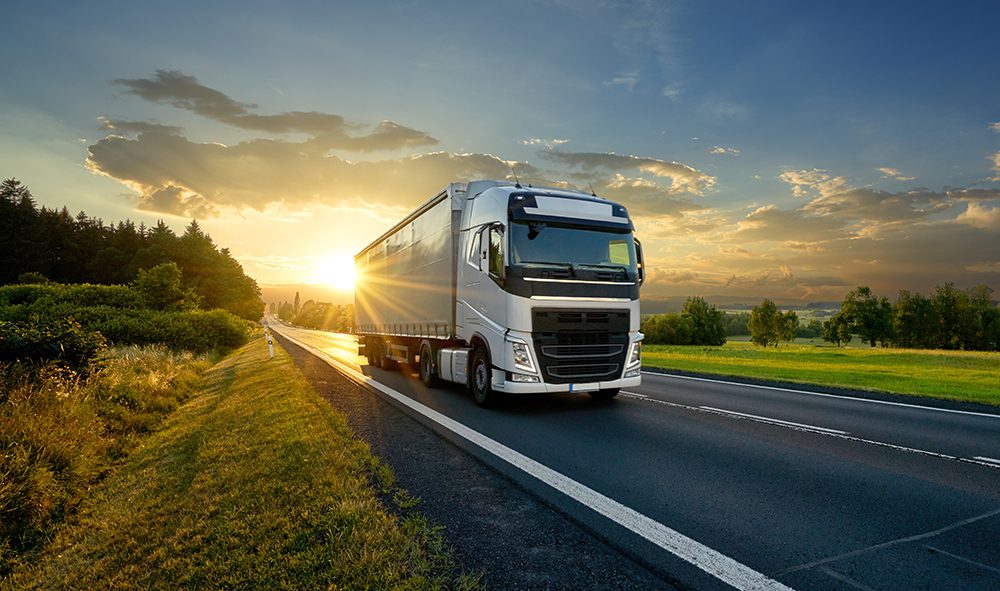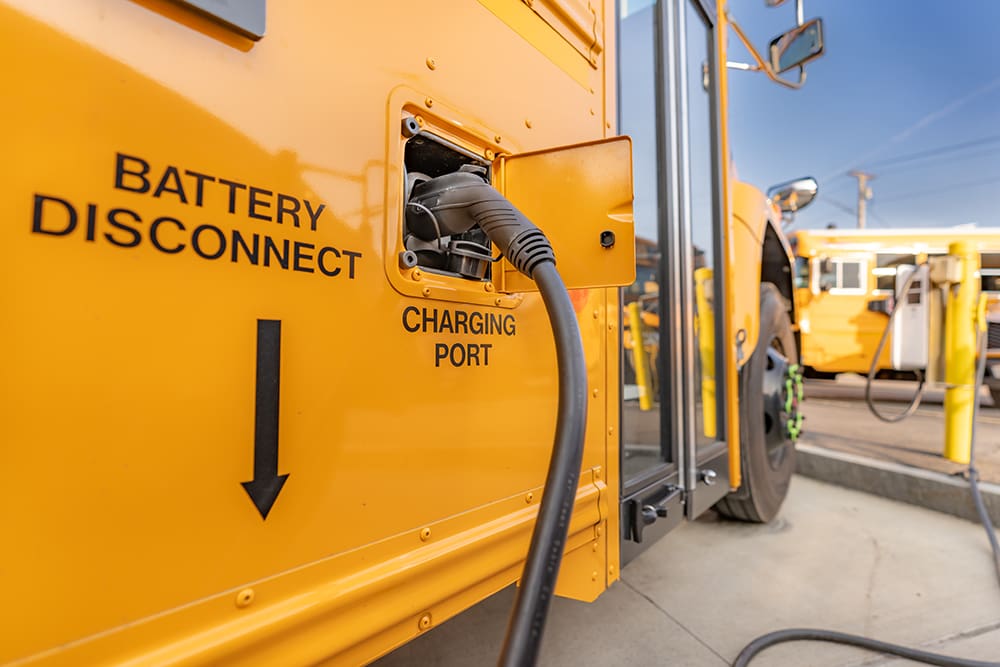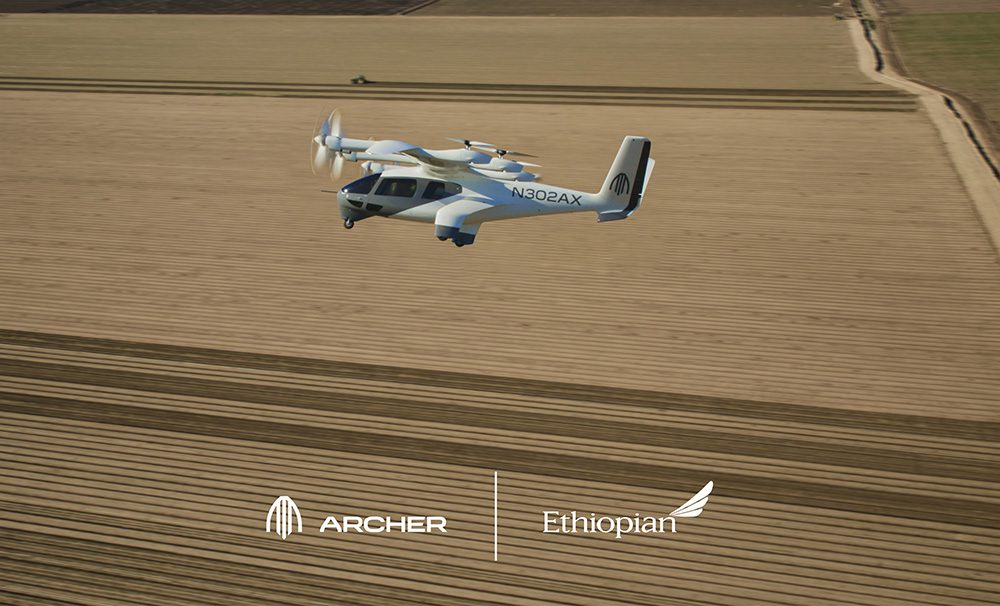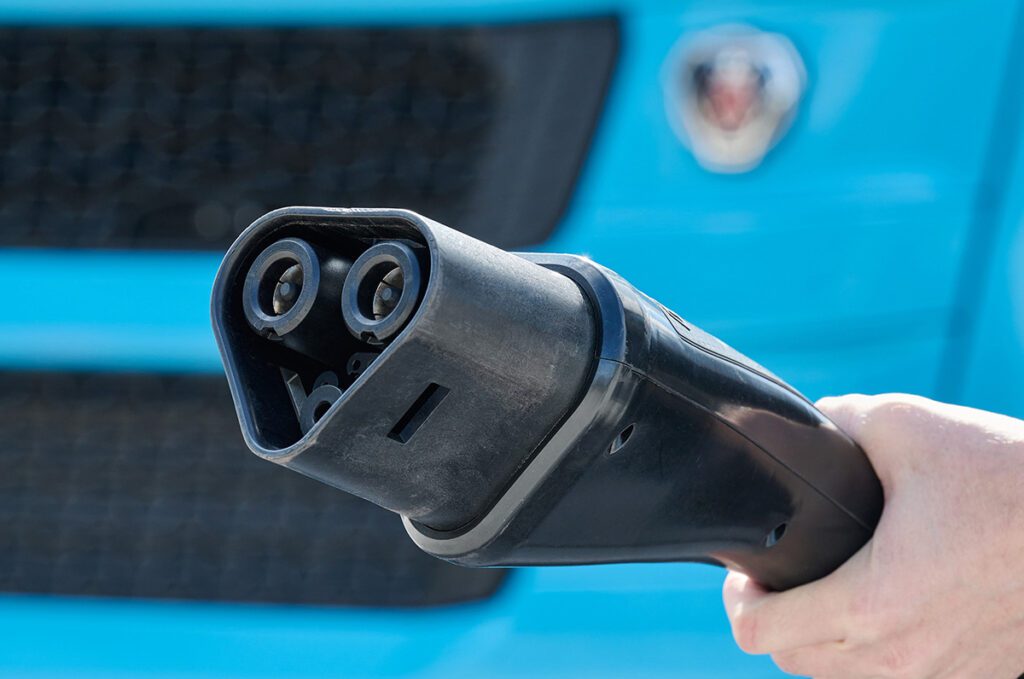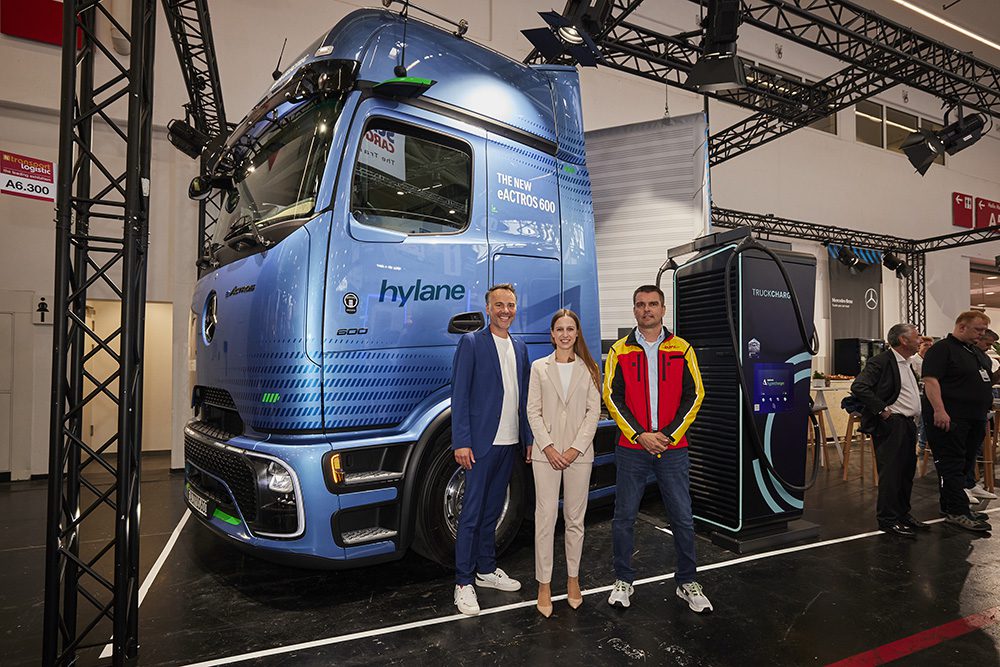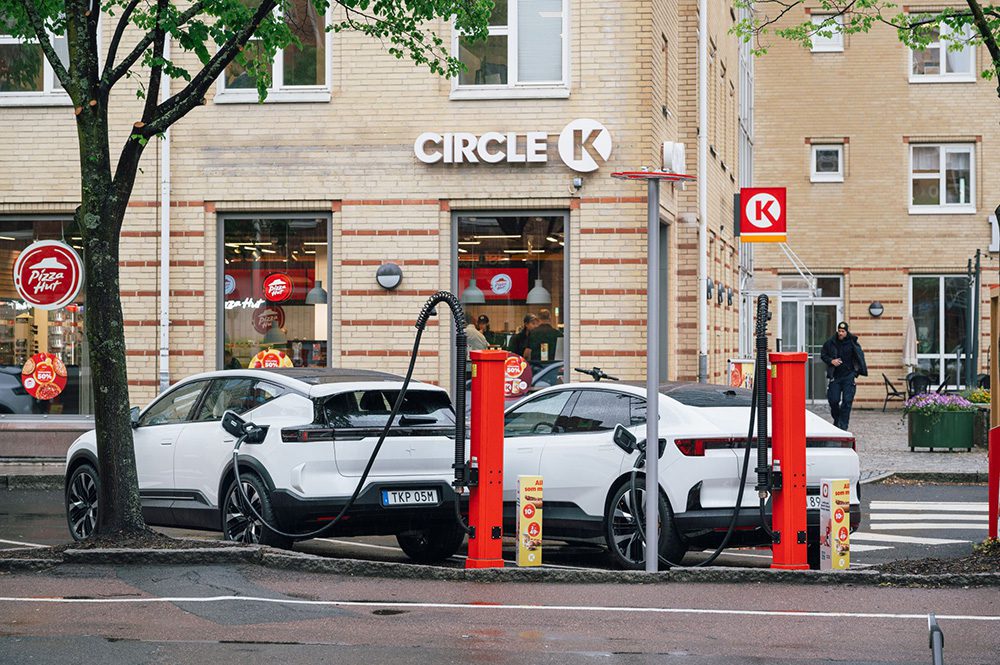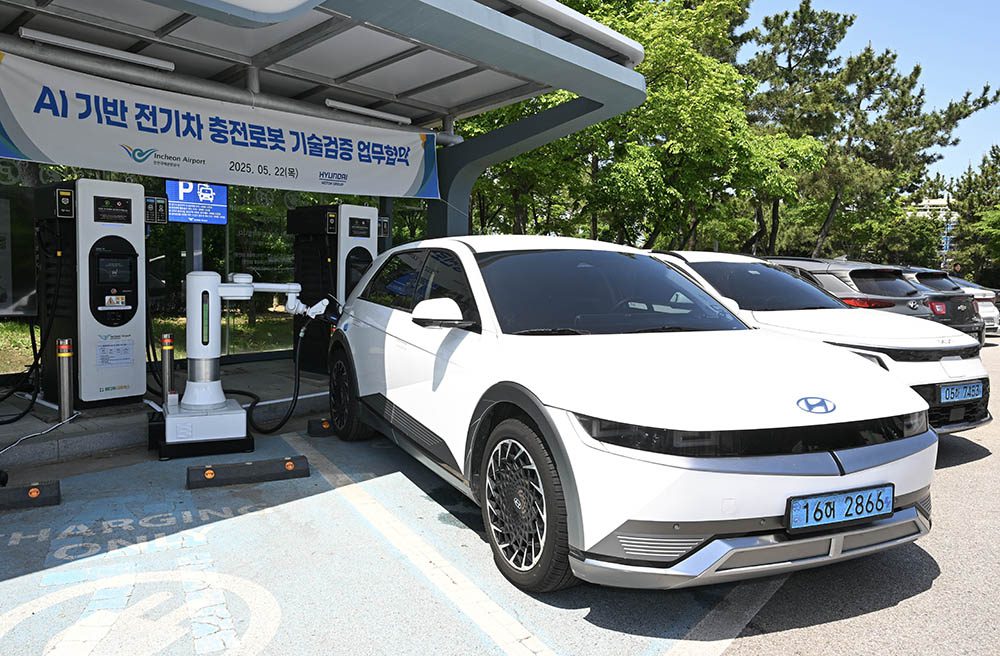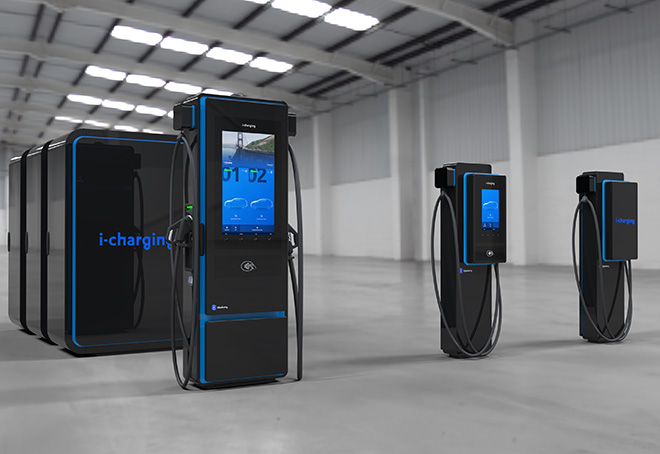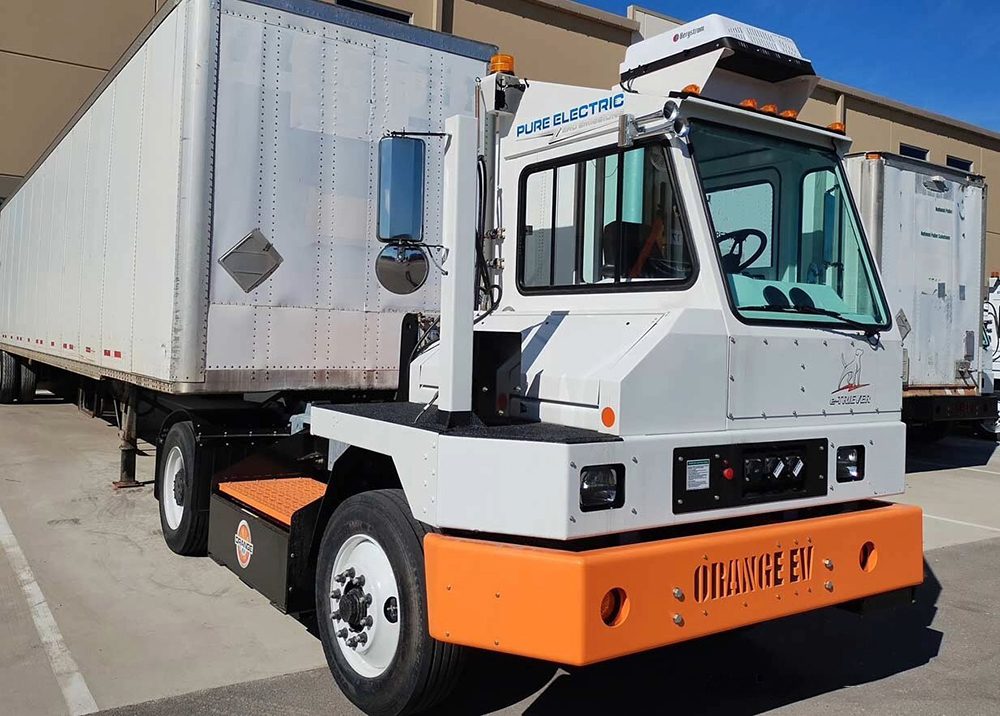China’s New Energy Vehicle Technology Innovation Center (NEVC) and Austrian charging hardware provider Easelink have signed a memorandum of understanding to deploy Easelink’s Matrix Charging system.
The Matrix Charging system consists of two components: a connector installed in the vehicle underbody, and a pad installed in the parking space. As soon as the vehicle parks above the pad, the connector extends from the vehicle to contact the pad, and charging begins automatically. The components are coupled via a direct physical (conductive) contact, and Easelink says the process delivers 99% transfer efficiency. Matrix Charging targets power levels of 22 kW AC and 50 kW DC.
An integrated cleaning routine keeps the pad from becoming clogged with road debris. Embedding the charging pads flush with parking surfaces saves space by eliminating the need for bulky charging columns—an important issue in the densely developed cities of China (and Europe).
Easelink is currently testing the system with an Austrian car-share service. The company actively contributes to charging standardization bodies such as the Charging Interface Initiative (CharIn), the International Electrotechnical Commission (IEC) and the International Organization for Standardization (ISO).
“I firmly believe the automatic conductive charging technology will become the leading charging technology in the field of Chinese new energy vehicles,” says NEVC General Manager Yuan Chengyin. “With Matrix Charging we have a strong solution with a competitive cost structure. I believe that this unique technology will be paving the way for the upcoming autonomous driving era.”
“As soon as electric vehicles are parking autonomously, without a driver, the function of automated charging will become crucial,” says Easelink CEO Hermann Stockinger. “At the same time, a great potential for charging is seen in times when vehicles are standing still. By charging frequently during typical parking stops, the power transfer can be spread throughout the day, especially when solar energy is available.”
Source: Easelink





